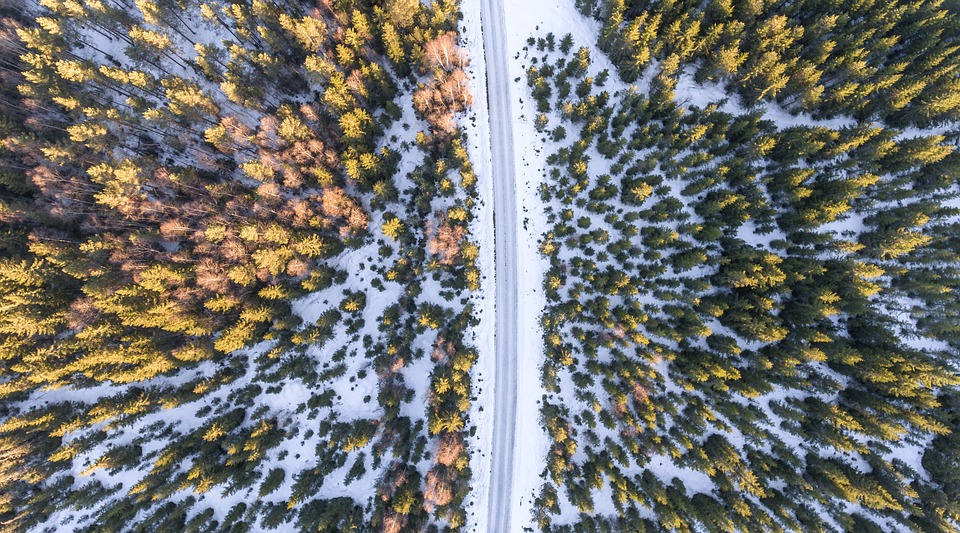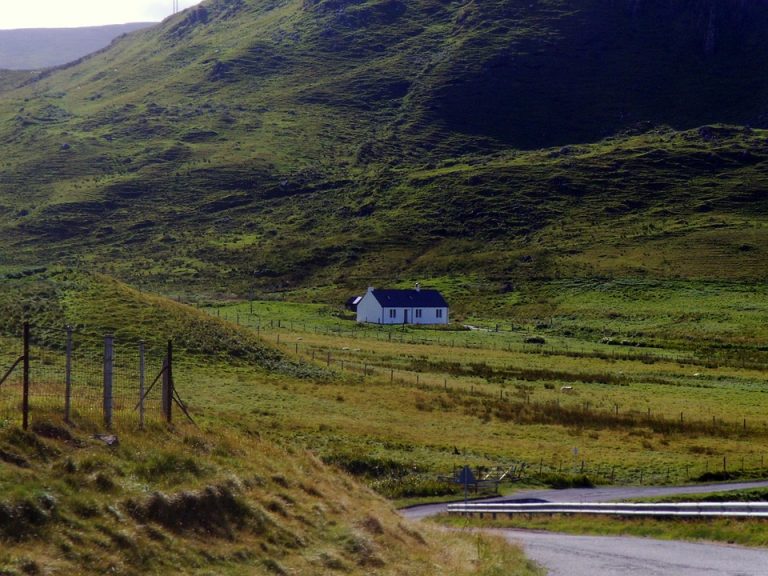
Drones are used for several purposes. Some love to fly, others make money taking video and pictures, yet particular personalities use flying machines to observe wildlife. However, one should not be hasty in ‘spying on’ the animal kingdom. After all, there are ethical and technical issues to consider, right?
Infrared Monitoring
Animals have a different sleep-wake cycle than humans. Therefore, if you really want to observe them ‘in the wild,’ you’ll need to make them visible at night and in the early morning hours. Infrared camera features allow fliers to casually drop in on animals hunting for food, eating, or performing acts in a pack. The blanket of night allows animals to do a lot of things ‘under the radar’ of normal observation.
Eye Level
When it comes to animals that live part time within the forage and under the canopy of trees, there are minimal options for an observer. You could attempt to scale a tree but that would make noise and otherwise disturb the natural layout. Similarly, you could stay on the ground and try to catch glimpse of what’s occurring above, yet such a line of sight is limited. Drones present an optimal viewing perspective.
Low Sound
As mentioned above, it’s not ideal to disturb the natural habitat or create additional noise. Therefore, the best drone under 500 dollars for the observationist could be the one that creates the least sound. You can also consider best drones under $200 as well. Additionally, you can think about reading up on modifications that make a drone more stellar or less likely to get noticed by animals.
Stressed or Disturbed
A drone could make birds, monkeys, and other wildlife flee from trees and an immediate area. Alternatively, a drone that suddenly appears could make a mother fearful of its children that have been left back at the nest. While one could err toward pure speculation, there is something to be said about the notion of distressing an animal despite its immediate reaction to a drone’s presence.
Long Term Impact
What is the potential long-term impact of drones on society at large, specifically upon the animal kingdom? For example, will mechanical presence make animals more brazen in approaching other types of machinery, such as cars or construction vehicles? Will continuous sights and sounds make particular species modify long existing behaviors and routines? It’s too early to say but never too late to ponder.
Sea Life
While most drone use takes place on land, some fliers hover over water to get shots of beach landscapes that may be used for commercial or recreational purposes. Furthermore, the drone’s ability to hover over water gives scientists the opportunity to view sea life from a fresh angle. Drones may be used to count the number of sea animals as well as detect the route of large schools of fish and whales.
Scientific Method
Scientists and ethical proponents will continue to work together to explore the possibilities of drone use in research as well as maintaining habitat and peace of mind of observed animals. Science has always involved conjecture, gathering data, and analyzing data to arrive at a greater truth. There’s no doubt that drones can be put to good scientific use. It’s up to the union of tech and ethics to ensure of it.





Leave a Comment